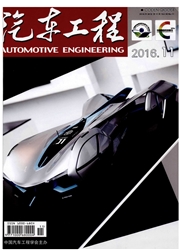
欢迎您!东篱公司
退出

 中文摘要:
中文摘要:
使用不同冲击持续时间的两种碰撞试验数据对HBM头部有限元模型进行虚拟实验验证,比较实验与仿真中头部的动力学响应参数和颅内压力。结果表明,模型的动力学响应参数和颅内压力与实验吻合较好,并且模型脑部压力分布体现出明显的冲击-对冲的压力分布模式;模型具有较好的生物逼真度,可以用于汽车交通事故中冲击-对冲伤的损伤机理和耐受限度研究。
 英文摘要:
英文摘要:
The autonomously developed human heat model HBM-head is validated by virtual test with two sets of experimental impact data and two different impact durations. The kinetic responses and the intracranial pressure of the head model by simulation are compared with experimental data. The results indicate that they agree well with each other, and that the model has a good biofidelity, and the pressure distribution of the brain shows a typical pattern of coup-contrecoup injury. So the model can be a powerful tool in studying the mechanism and tolerance limit of coup-contercoup injury.
 同期刊论文项目
同期刊论文项目
 同项目期刊论文
同项目期刊论文
 期刊信息
期刊信息
